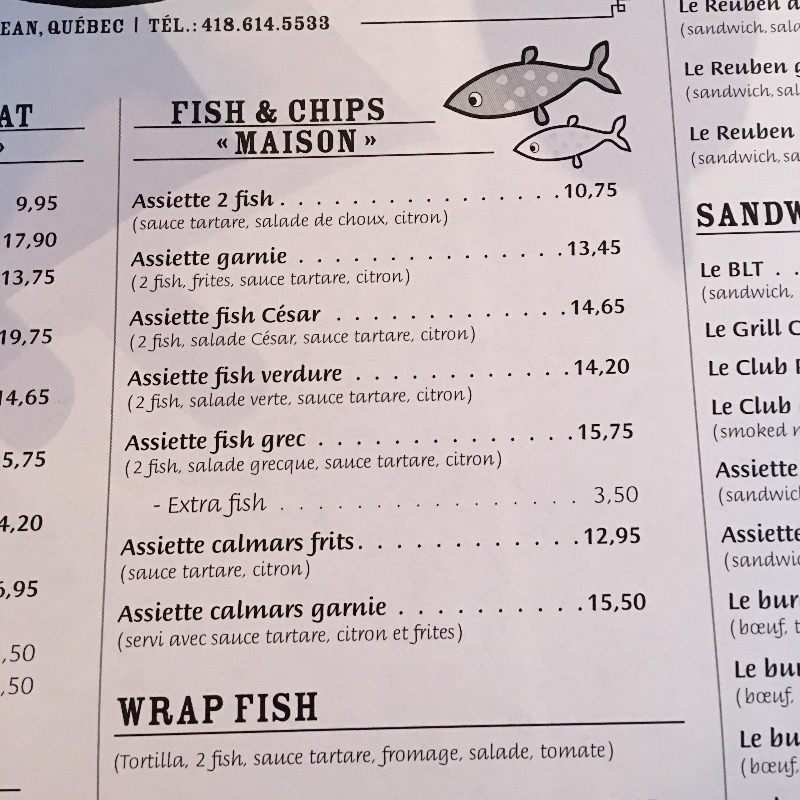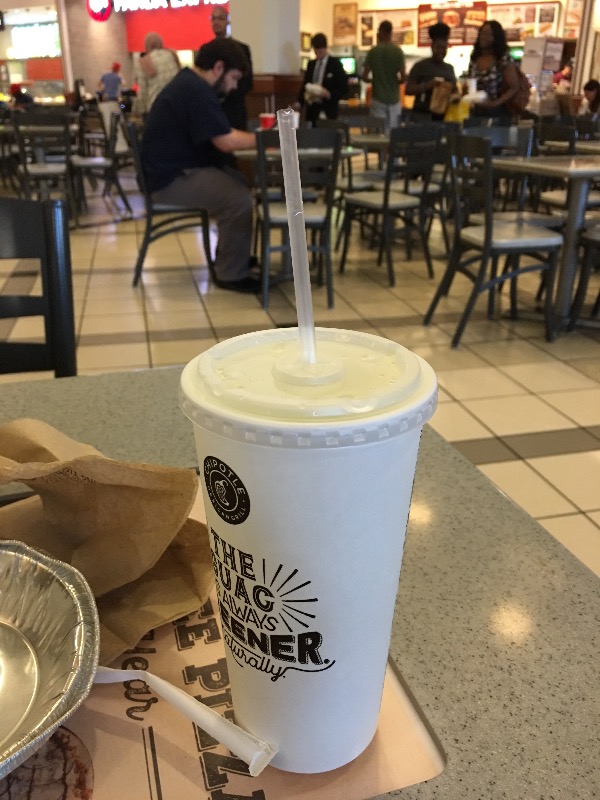Sandra Boynton's whimsical animals have been delighting kids for 40 years
25 kposehn 9 hrs 3
Legendary children’s book author Sandra Boynton takes tea with some of her whimsical characters. This year marks the 40th anniversary of the publication of Boynton's first book, “Hippos Go Berserk!” (Jesse Dittmar/for The Washington Post) Sandra Boynton lives on a farm in rural Connecticut. She works out of a converted barn, surrounded by pigs in overalls, frogs wearing cowboy hats, a clutch of bemused chickens and a few skeptical sock puppets.
Standing there, you get the feeling that at any moment they might all come alive and break into a high-stepping song-and-dance. Which they probably will. Because this is Boynton’s world, and in Boynton’s world, animals do whatever she wants. And what she wants them to do, mostly, is make her smile.
It’s nice that along the way the charming creatures have sold tens of millions of children’s books and hundreds of millions of greeting cards, recorded six albums, nabbed a Grammy nomination and co-starred in a music video with B.B. King. They’re not slackers, these furry and feathered friends. They always do their job — they make Boynton smile. And then they go out into the world and do the same for untold multitudes of kids.
Sandra Boynton hangs back at the farm. There’s always another critter to conjure into life. Almost every waking moment she is working, bringing more lightness, more laughter into her world. And, thank goodness, into ours.
Boynton’s office is in a converted barn on her property. (Photo by Jesse Dittmar for The Washington Post)
Boynton started drawing her animals on greeting cards to help pay for college. (Photo by Jesse Dittmar for The Washington Post) Perhaps you’re so intimately familiar with Boynton that you can recite her books by heart. Bow to the horse. Bow to the cow. Twirl with the pig if you know how. Or perhaps you’ve never heard of her.
She is both ubiquitous and anonymous. She’s one of the best-selling children’s authors and card designers of all time, yet rarely recognized even in her own small town. This year marks the 40th anniversary of her first kids’ book, and this month she’ll release her latest record, “Hog Wild! A Frenzy of Dance Music,” which includes the Laura Linney/“Weird Al” Yankovich duet the world has been waiting for. But chances are, if you’re not currently driving a minivan with car seats in the back, you might miss it.
Boynton is 64. She wears Converse sneakers, jeans and her feathery blond hair pulled back in a ponytail. Red reading glasses hang around her neck. On a sunny day in July, she pops them on to inspect an image on her computer screen of a dinosaur walking out of his house. Then she adds a vase of red flowers. Because: Why shouldn’t a T. rex have something lovely and civilized?
This is the irreverent whimsy at the heart of Boynton’s world. A world she’s been creating and re-creating for 60 years. As a 4-year-old in Philadelphia, she was hospitalized with encephalitis. She doesn’t remember much except that it was scary, and that Bruce, a slightly older boy in the same ward, always looked out for her, but she knew, somehow, that he wasn’t going to make it.
Somewhere around the same time, she illustrated a short paper book. Here’s the text: “Once there was a funny animal. He had a birthday party. All the animals came. They did not like it, so they left. The end.” Thematically, it’s not that different from the 50-odd books she’s published since.
Her intention then? And now? “I think,” she says, “trying to create safety.”
Boynton grew up Quaker. Her mother was a pointedly funny homemaker, she says, and her father a brilliant English teacher and headmaster of the school she and her three sisters attended. She enrolled at Yale with dreams of becoming a theater director. To help pay for college, she painted the cartoon-style animals she’d been sketching since childhood onto blank gift cards and sold them to specialty shops. Over the next two years she water-colored 60,000 cards by hand.
Just before heading to graduate school in drama in 1976, Boynton swung an invite to a greeting card trade show. Company buyers were interested, but they wanted her to give the characters names and distinct personalities. “They were basically trying to turn me into ‘Peanuts,’ ” she recalls. “I said, ‘That’s not what I’m doing.’ ”
Then she was introduced to the founders of a Chicago upstart called Recycled Paper Greetings. Mike Keiser and Phil Friedmann liked her animals and offered to pay her $50 a design. “I want a royalty,” she remembers saying. “They said, ‘It’s just never done.’ ” But in the end, they agreed.
Keiser recalls that when Boynton signed on, the company was doing about $1 million a year in sales. Within five years their annual revenue topped $100 million, almost all because of Sandra Boynton.
“What a genius,” says Keiser. He remembers walking into a Marshall Fields store and watching customers react to Boynton’s cards. “They’d say, ‘Oh, aren’t these cute. And they’re witty!’ Women would buy clutches of them.”
Her best seller was a twist on the birthday song: “Hippo Birdie Two Ewes.” To Keiser, “it’s probably the best greeting card ever conceived by man.” Er, woman. At any rate, Boynton’s designs made them all multimillionaires.
When Boynton was still at Yale, her mother had nudged her to take note of a classmate who’d won a bronze medal for slalom canoe in the 1972 Olympics. “I said, ‘Mom there are 1,200 people in my class,’ ” Boynton remembers. “And she said, ‘I’m sure he’s more interesting than all of them.’ ”
Boynton’s senior year, she wound up in an acting class with the handsome paddler, and by the end of the first semester, she and Jamie McEwan were in love.
Boynton dropped out of graduate school and devoted herself exclusively to the animals. Publishers passed on a children’s book she’d written, so in 1977, Recycled Paper Greetings published “Hippos Go Berserk!” It sold 50,000 copies and got the publishing world’s attention.
Boynton and McEwan married in 1978 and bought an early 18th-century farmhouse in the Berkshires, where McEwan could continue his training on the Housatonic River. They reconstructed an old barn, giving it his-and-hers offices upstairs and, eventually, a replica 1940s diner — complete with booths, stools and a mint-green refrigerator — where the whole family could hang out.
Here, for the last 35 years, Boynton has shifted attention between her great loves: Jamie, their four children, and those spirited little animals that keep scampering out of her pysche.
Boynton on the grounds of her farm. She has written more than 50 books for children and adults and designed thousands of greeting cards. (Photo by Jesse Dittmar for The Washington Post) A cow says Moo. A sheep says Baa. Three singing pigs say “LA LA LA!”
Read through a bunch of lists of “best books for toddlers,” and Sandra Boynton is, well, often not there. She has no Caldecott Medal. She's not frequently mentioned in the same breath as Dr. Seuss or Maurice Sendak, who was one of her professors at Yale.
In Boynton’s books, there’s no overt moral messaging. No arresting avant-garde visuals. (Drawing, she says, “does not come naturally to me.”) There is only joy. Which is perhaps not enough for the critics doling out awards for literary distinction.
But for parents of tiny humans — perpetually on the verge of collapsing into inexplicable tears — joy is everything.
Darcy Boynton, Sandra’s youngest child, reads all the private messages to her mother’s Facebook account. “We hear a lot from parents whose kids have been really sick or who had really tough times as babies and young children and talk about how my mom’s books helped them get through that time,” she says.
In person, Sandra Boynton is warm and funny, with a throaty voice and a soft, easy smile. She’s not an introvert, but those who know her best say she’s somehow been able to hold on to childhood sensibilities that most of us surrender.
So the books, the drawings, the songs — “They’re for me,” she says. “They’re for me as a child. Things I would respond to.”
Wendy Lukehart chooses the children’s books for the D.C. public library system. When she considers the authors whose books she has to replenish again and again, Boynton is at the top of the list. And to Lukehart, Boynton deserves a rank beside Seuss and Sendak.
“I just think she’s brilliant,” she says. “The wonderful thing about her books is that you can use them to develop children’s sense of humor. You’re helping them learn about the unexpected and ambiguity and surprise.”
Boynton's characters have no race, no gender, no age. The animals are Everychild, with black dot eyes and curved mouths that convey every shade of human emotion. Including the difficult ones. “There’s also a wistfulness in it,” Boynton says of her work. “I guess I think things aren’t truly joyful if they don’t have a grounding component.”
In 2015 the New Yorker published a critical review of Boynton’s collective works. The author, Ian Bogost, deemed “But Not the Hippopotamus,” a “board-book masterpiece,” and wrote that Boynton’s book are “rich works that all of us can and should enjoy far longer than the tiny sands that slip between crawling and preschool can measure.” Boynton thought, when she read the piece, that Bogost was kidding. He insists, via email, that he was not.
Boynton aims to create a world “that is simpler and more benevolent” than reality, she says. (Photo by Jesse Dittmar for The Washington Post) Boynton isn’t much of an advice giver. But there’s one bit of wisdom she does like to dole out: “You need to know what to say no to.”
She’s said no to an awful lot: licensing agreements, television series, Boynton-themed tchotchkes at grocery-store checkout counters. The few products she has sold have been kept completely under her control.
“It’s all her,” says Suzanne Rafer, her longtime editor at Workman Press. “She’s very serious about her work and pays extreme attention to every detail.”
One idea she said yes to was making music. But after composing her first few songs, she cut out the producer who recruited her and began putting together her own records with Mike Ford, her longtime collaborator. The list of boldface names to appear on her albums is jaw-dropping: Meryl Streep, Alison Krauss, Ryan Adams and Kate Winslet, among others. Some she has connections to — Streep’s kids went to the same high school school as hers — but most she has simply cold-called.
In recent years, Boynton began making videos to accompany the songs. “Jamie used to say that my books support my recording habit,” she admits. And that’s fine with her, because making music and videos is where she feels most at home. She’s directing, just as she set out to do.
Jamie was always her sounding board, “just my best editor and check,” she says. He was also “the greatest person in the world.”
Today the lights in Jamie’s office are dark. He died of cancer in 2014.
Sitting in a booth in the diner, Boynton looks out the window and far away as she talks about Jamie’s illness. “I don’t even go there very much in my head,” she says. “I’m sorry.”
She doesn’t believe in the idea of passing grief. “To me, for a healthy person it never ends,” she says. Her solace comes from their grown kids — all of whom sing on her new album — and her work. For her, the act of creating feels like “a place of not existing — of being in a kind of zone.” She has never not been able to access that zone, she says, and — like a child who just wants to play — always relishes being there.
“I’m obviously creating a world that in certain ways is simpler and more benevolent than it can be,” she says. “Except I think that’s a kind of truth about the world, too. The world is so many things. So to say this is a skewed reality — well, it’s all a skewed reality. Why not skew it in this direction? Why not posit a kind of benevolence? And humor.”







































